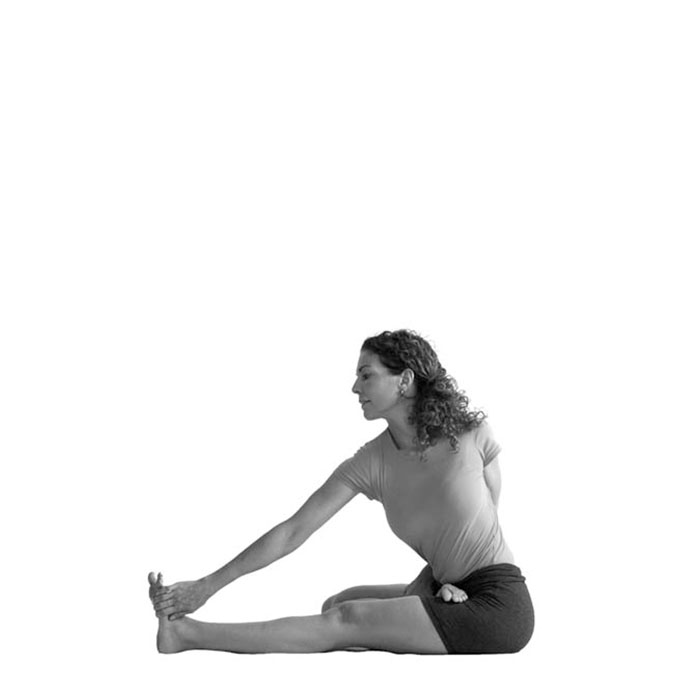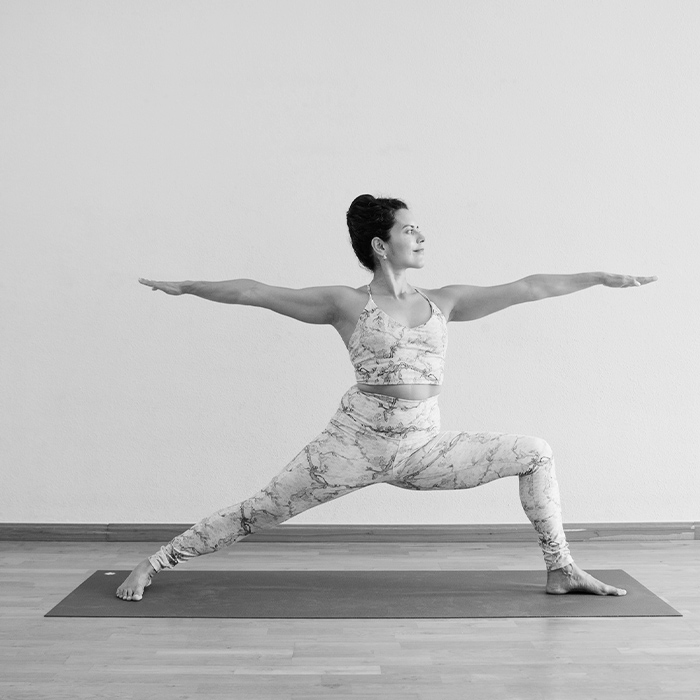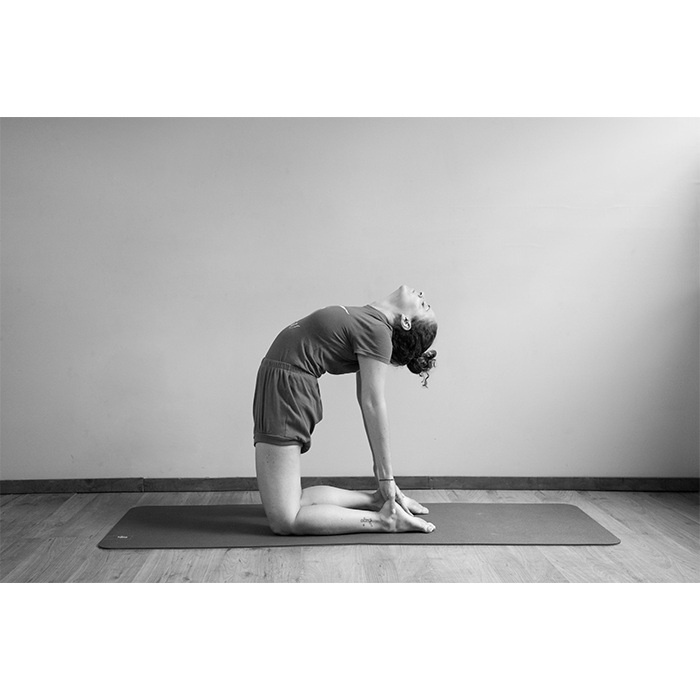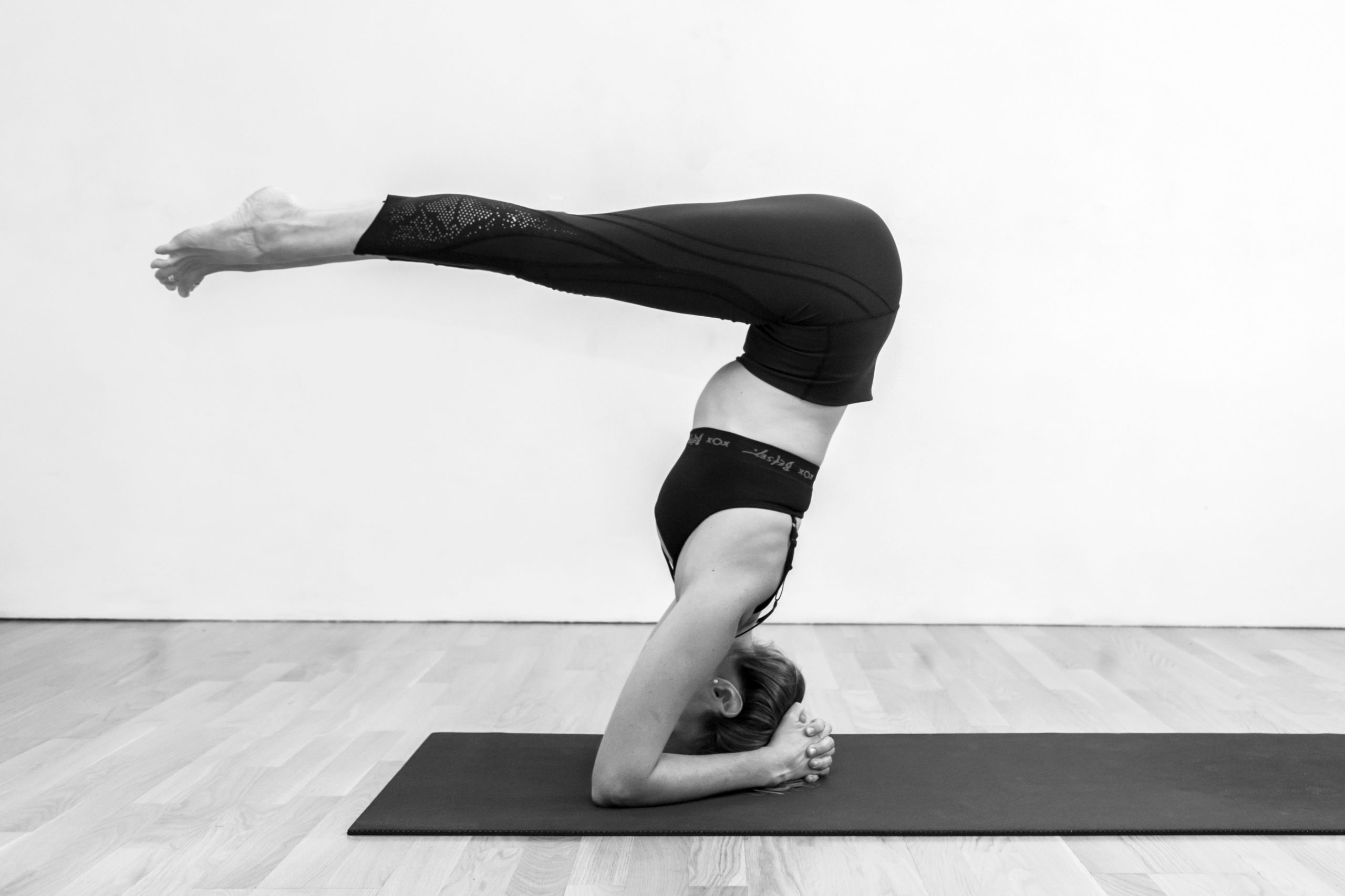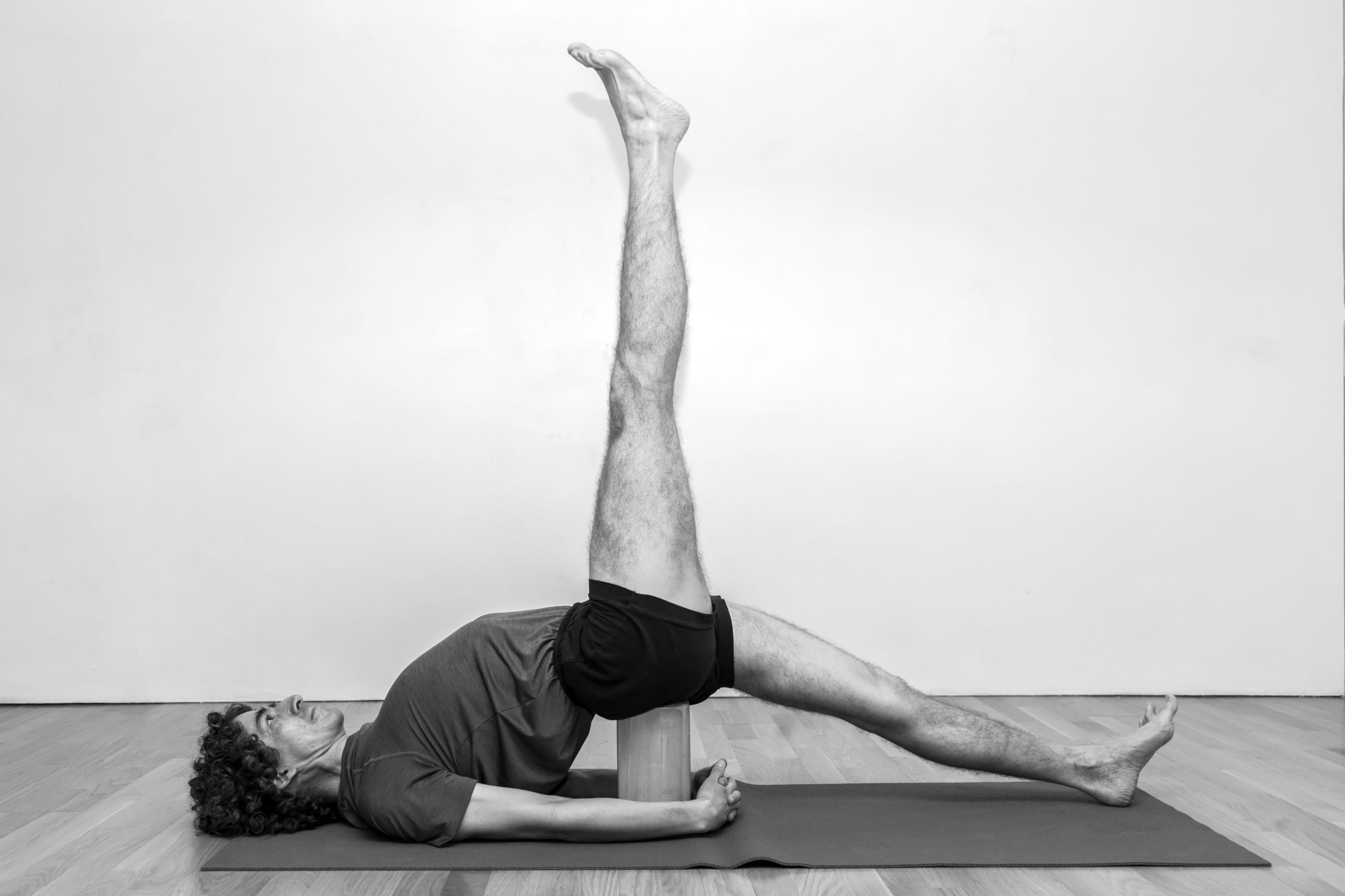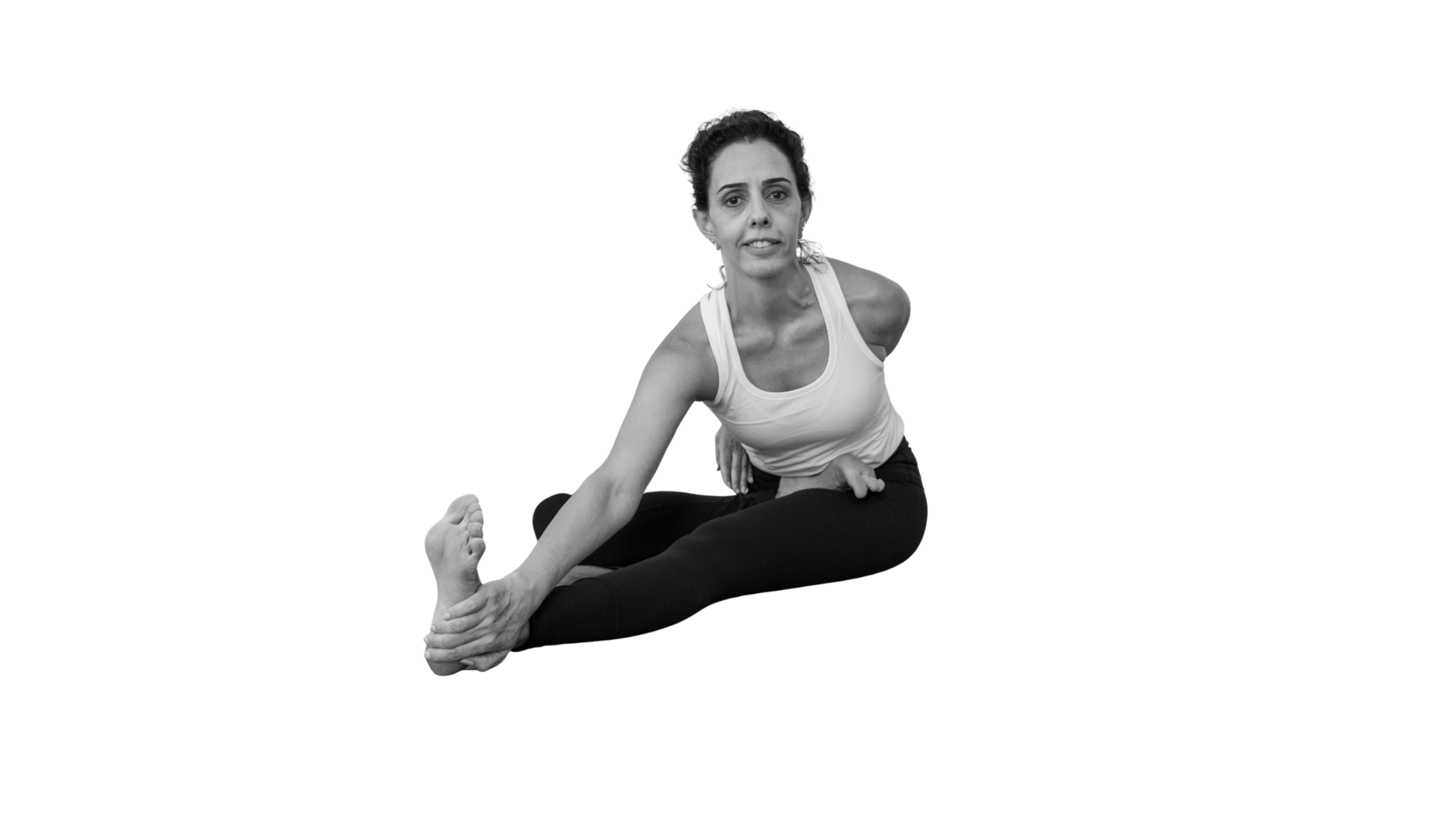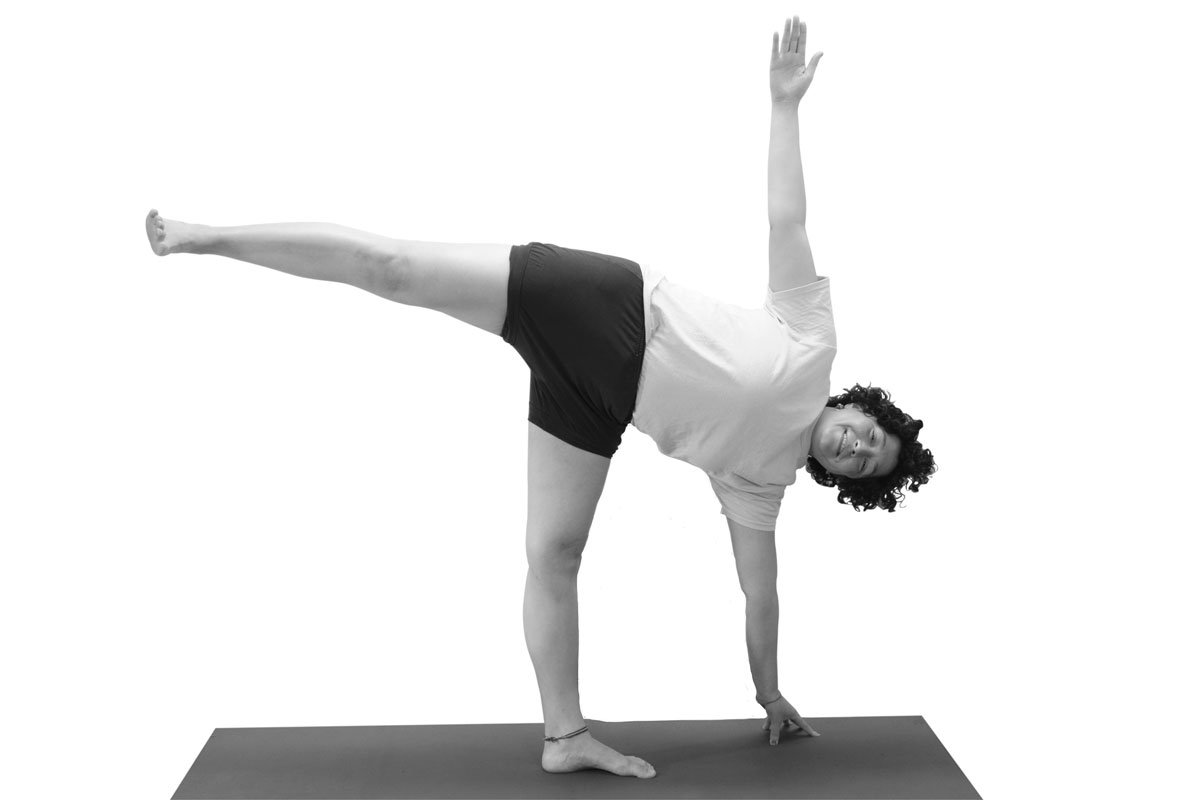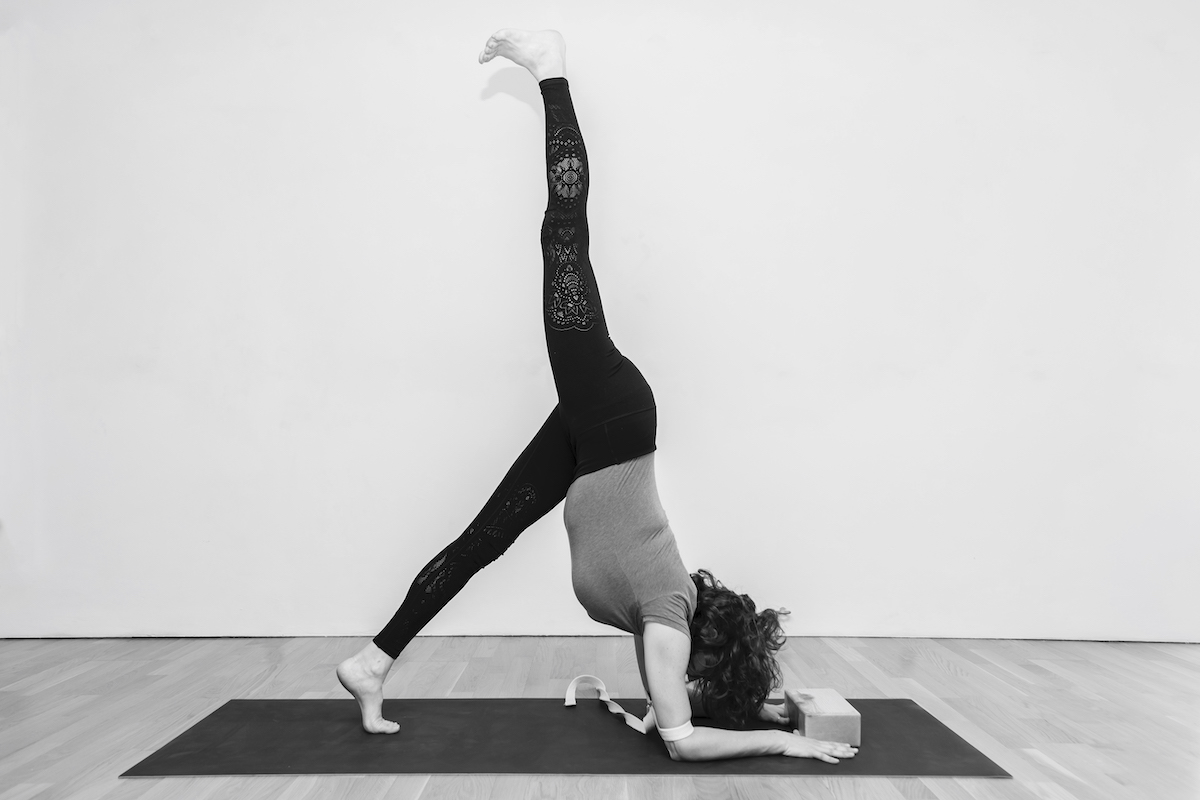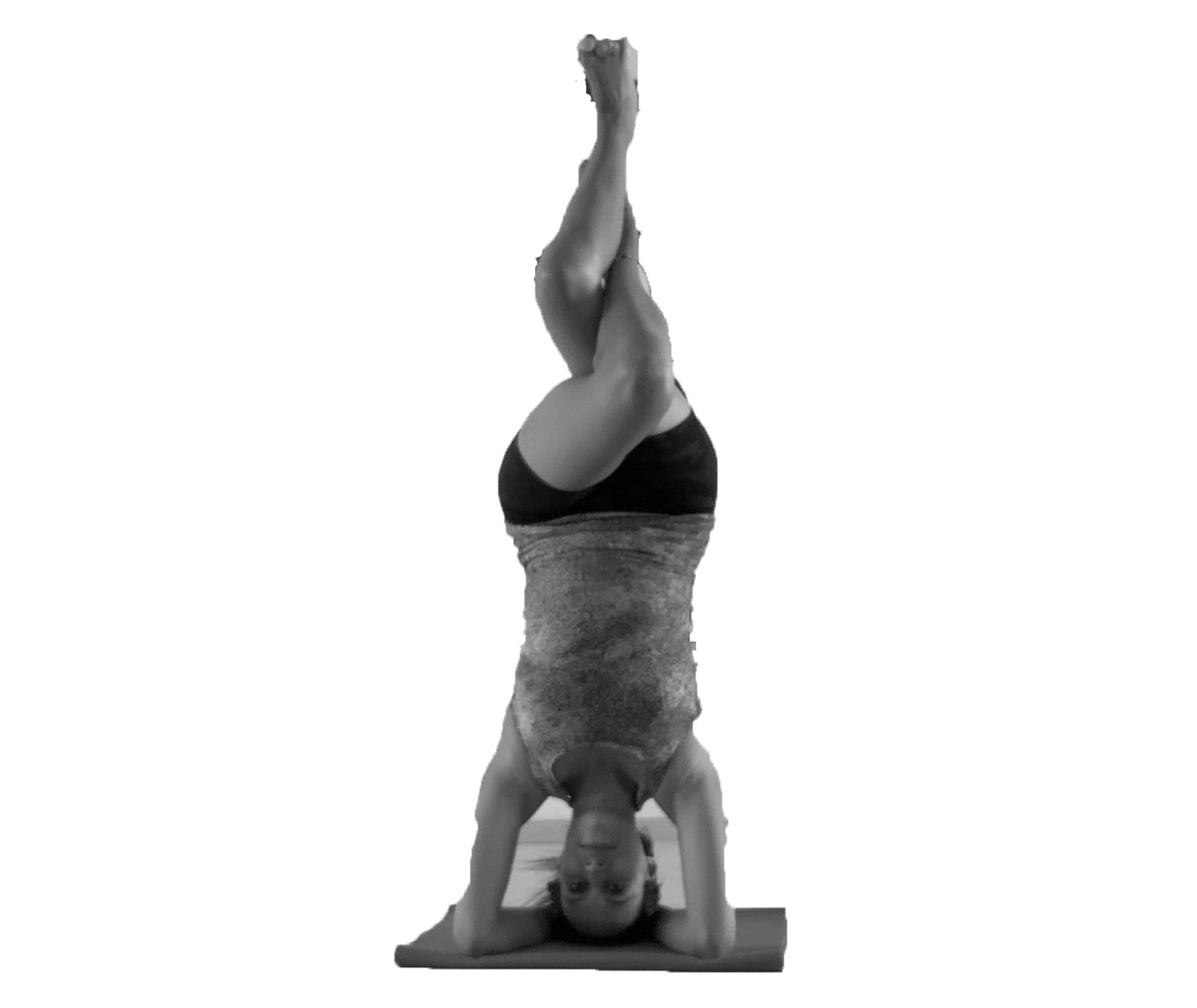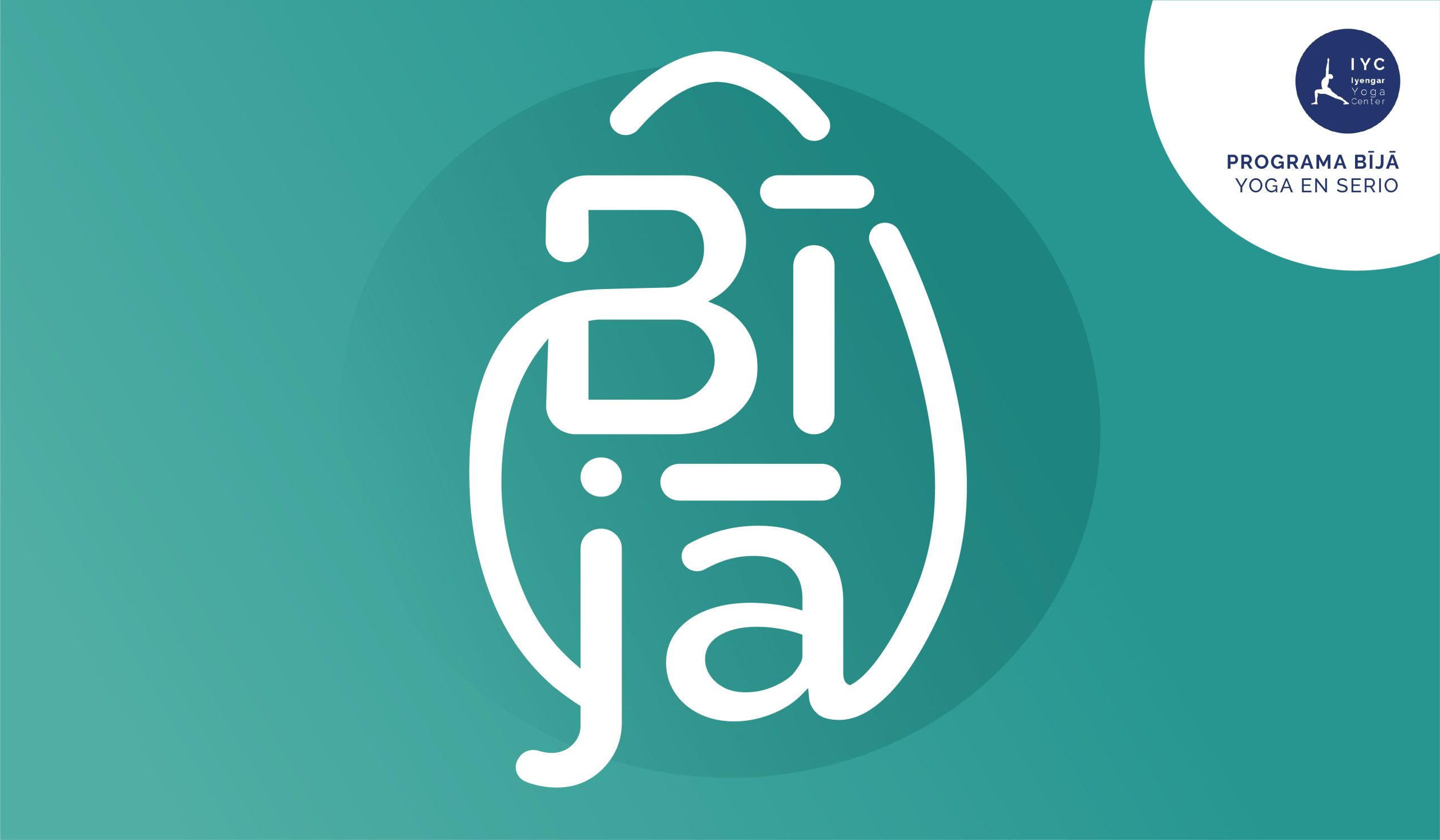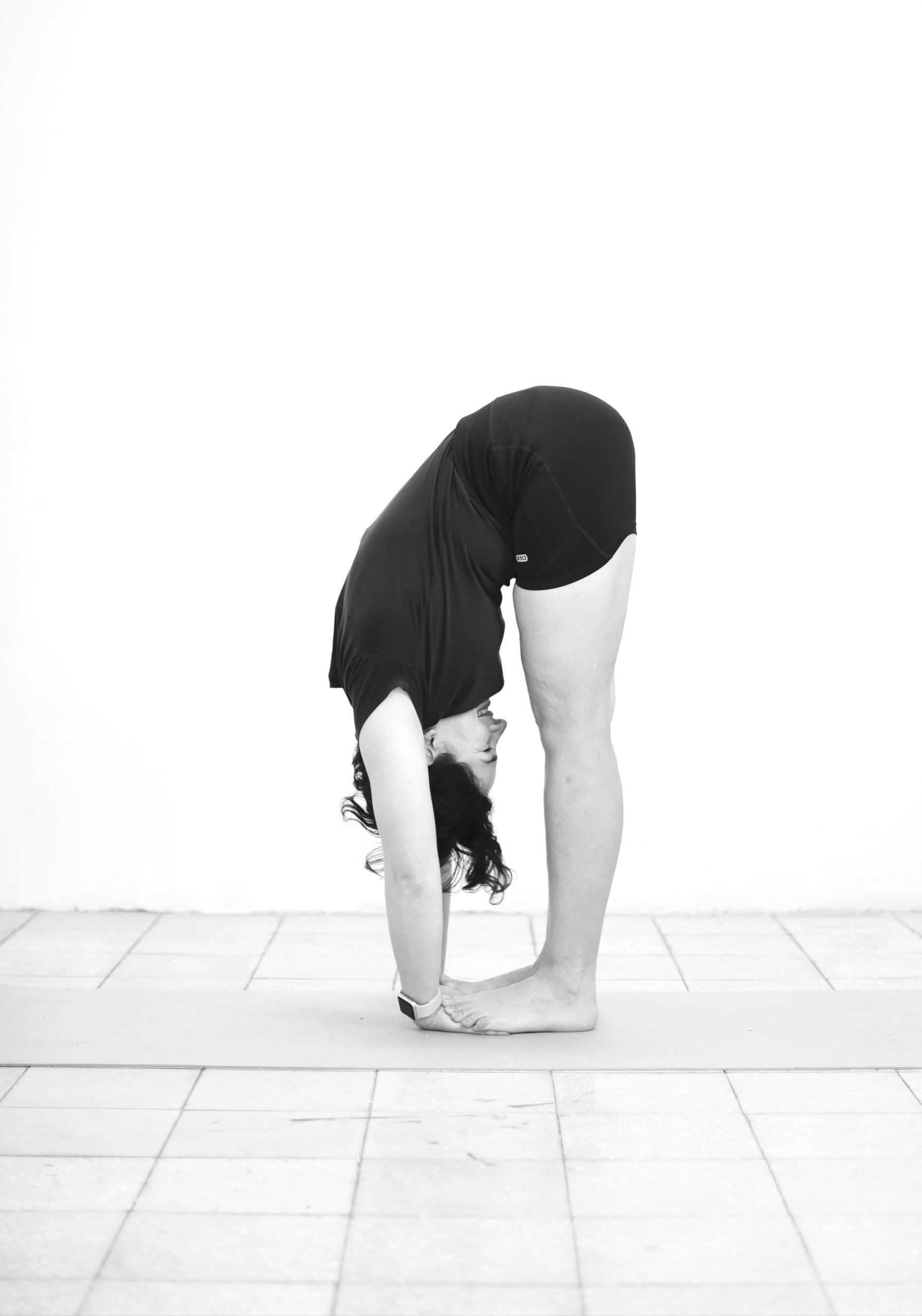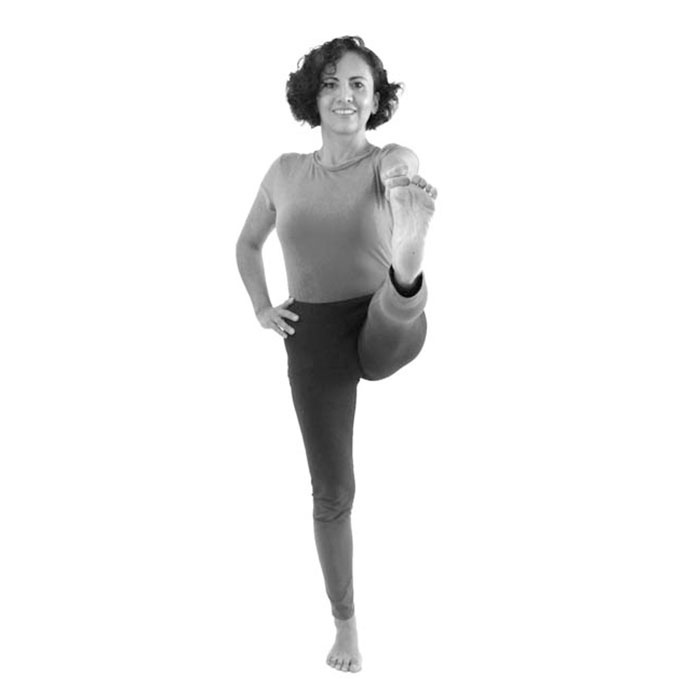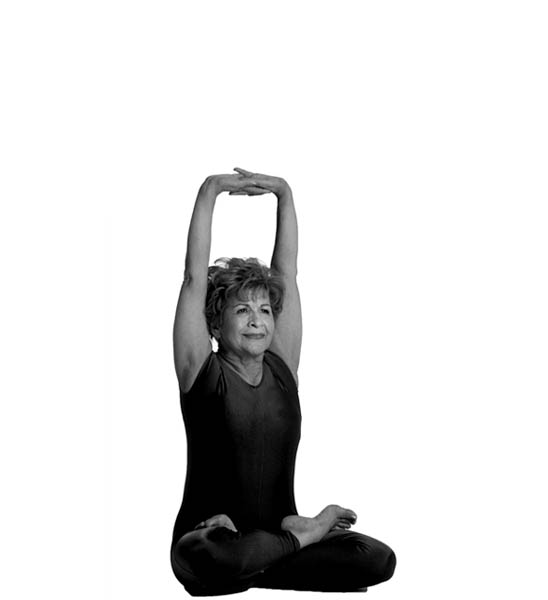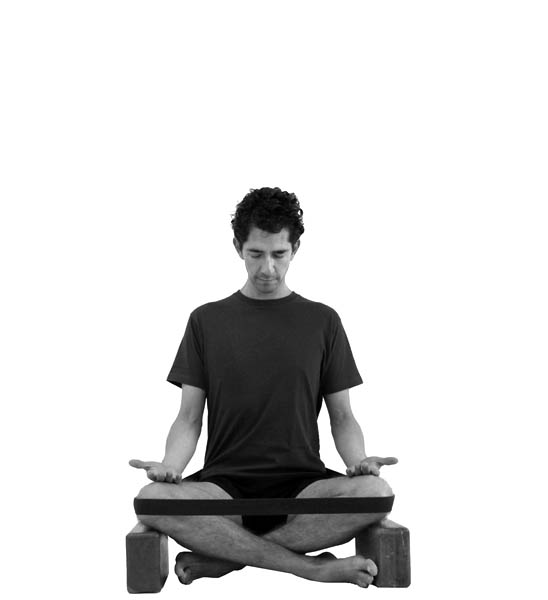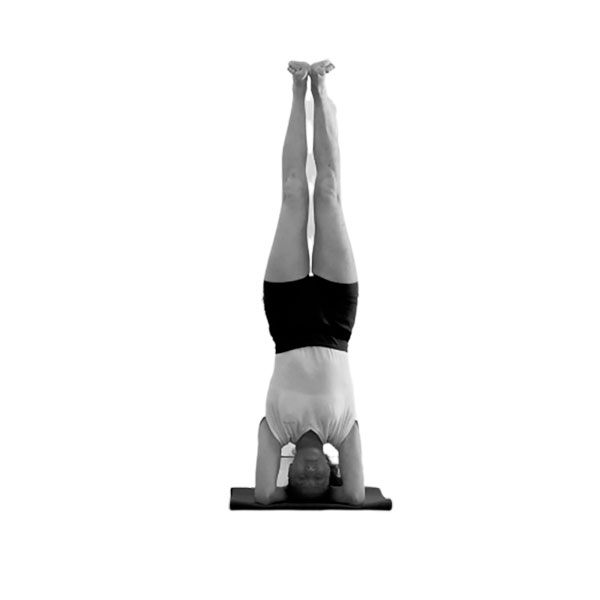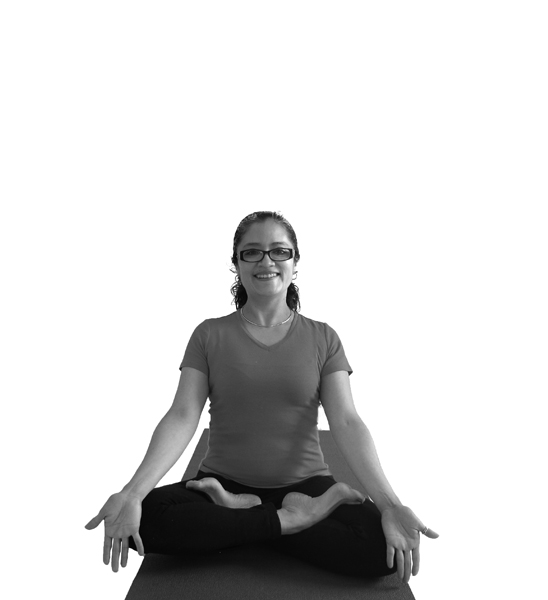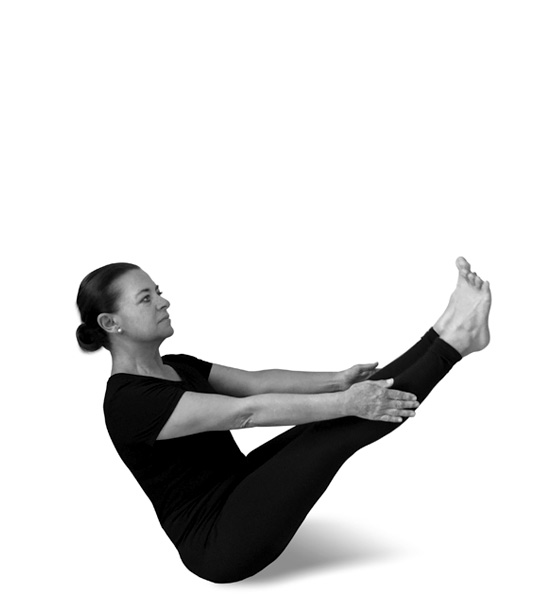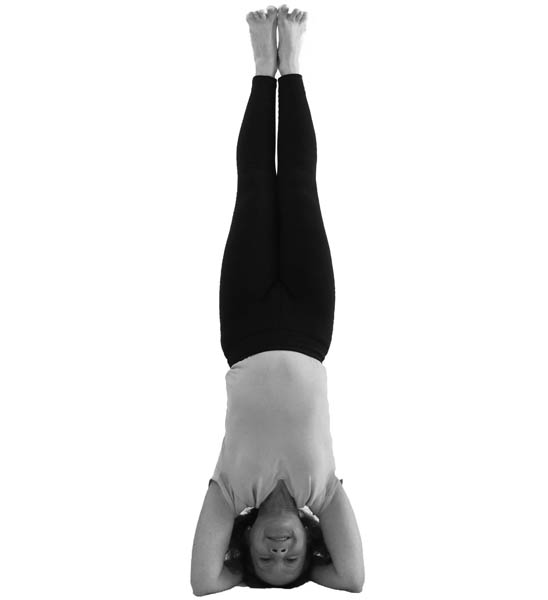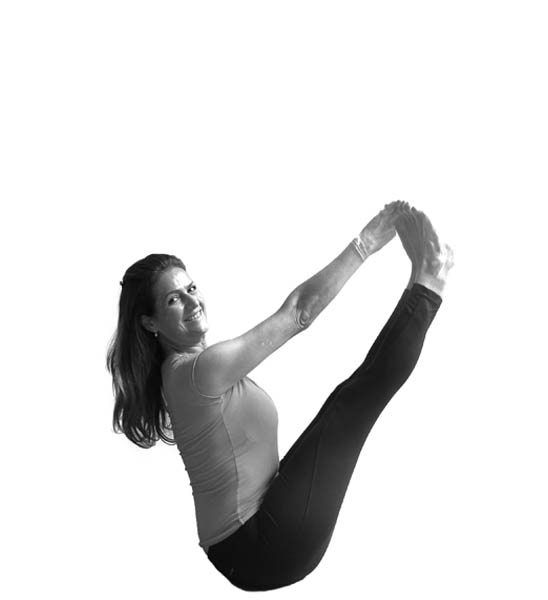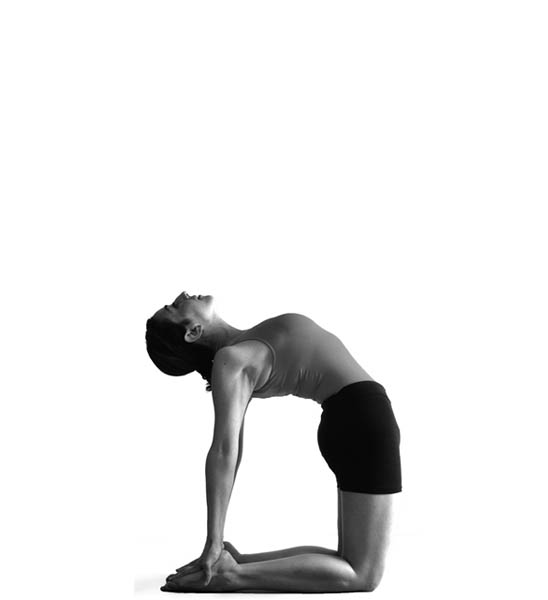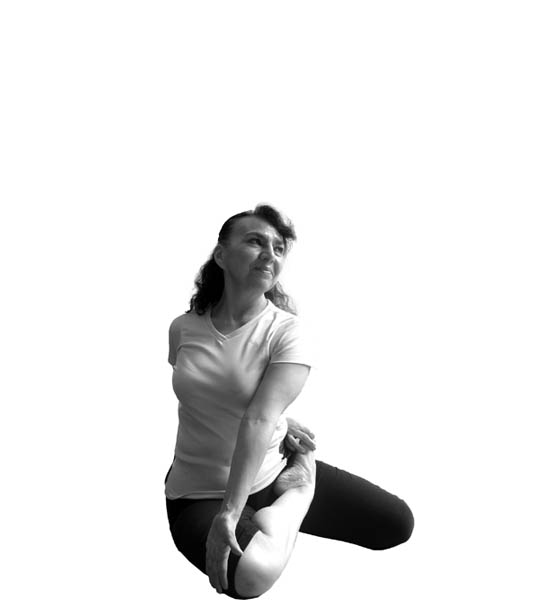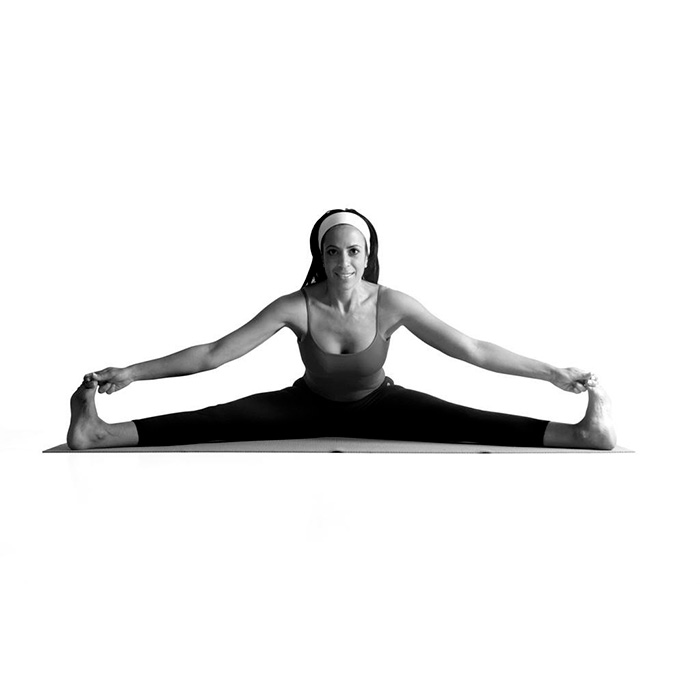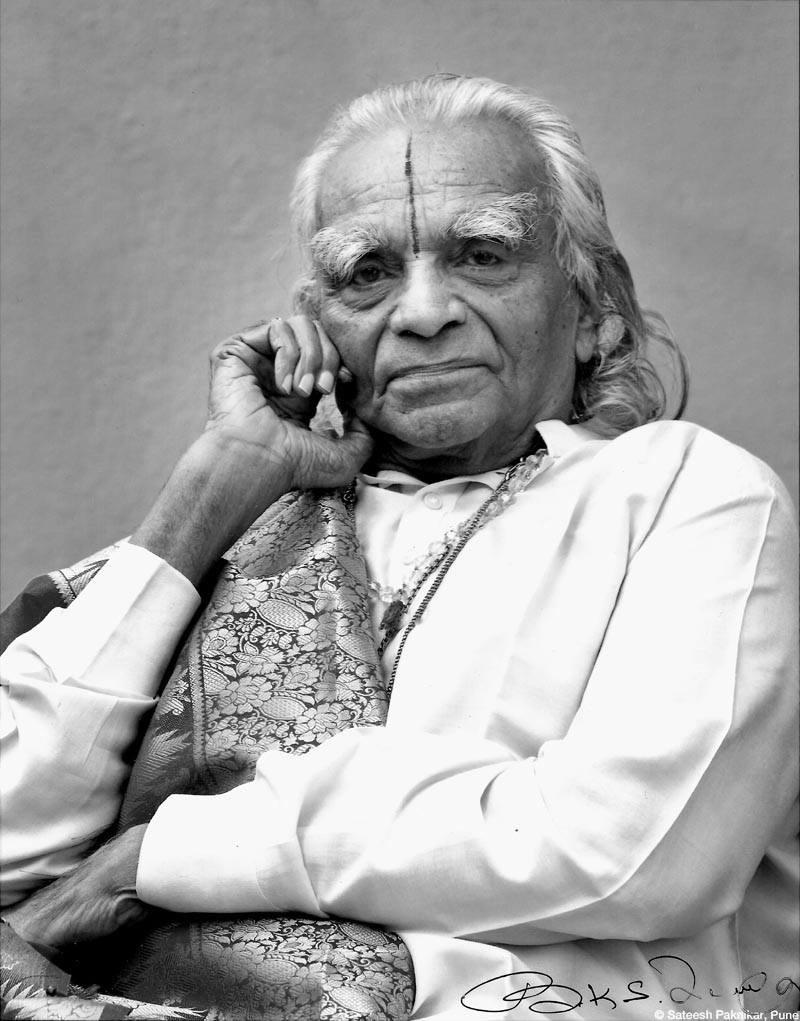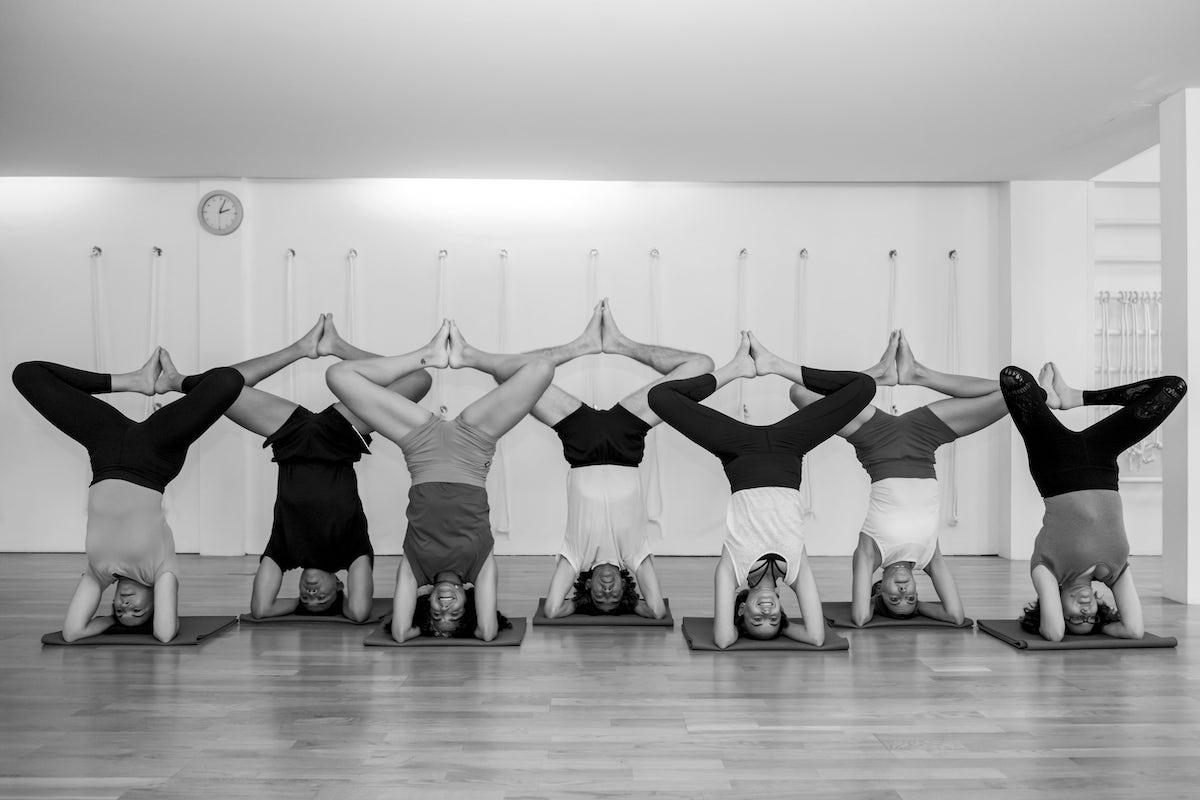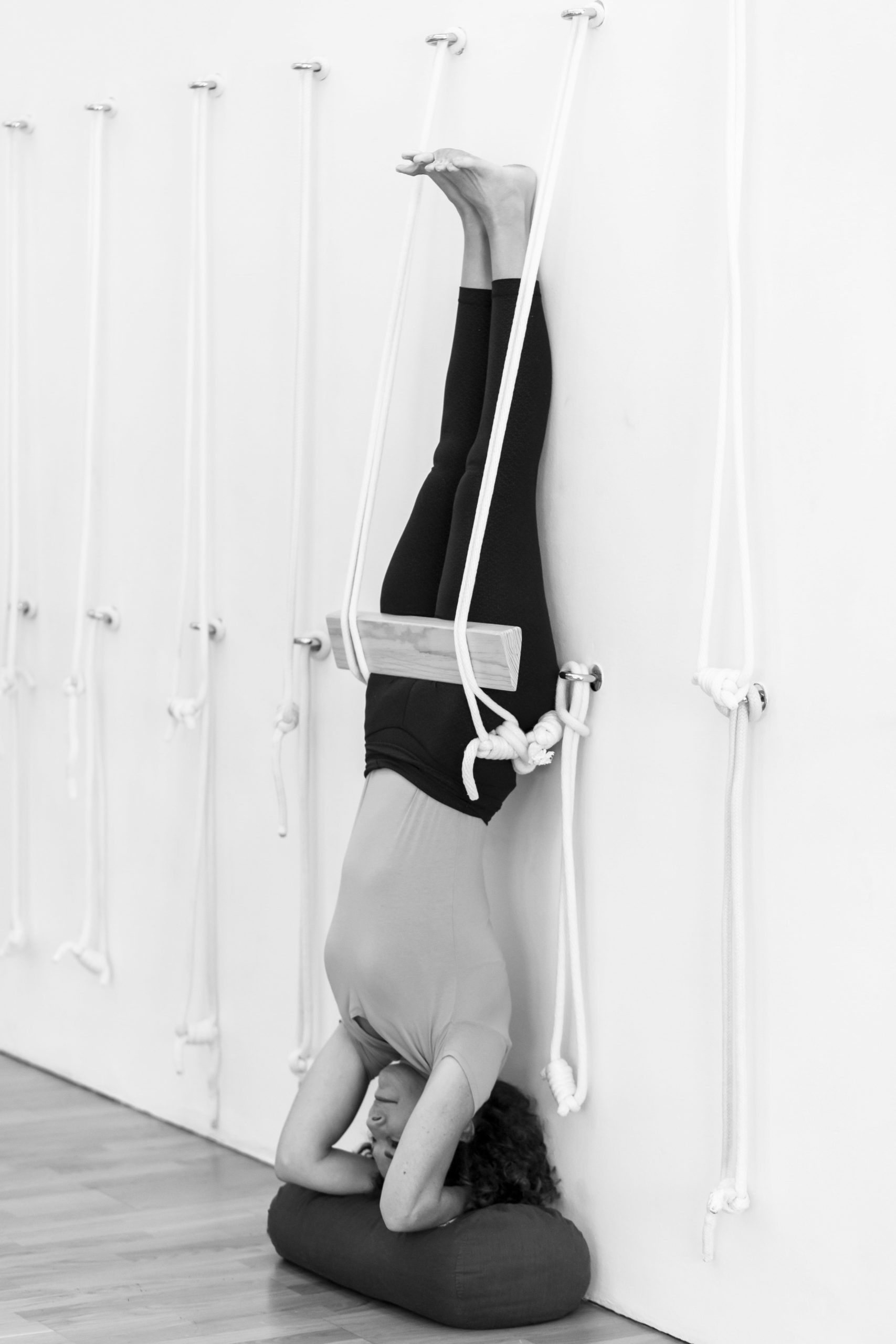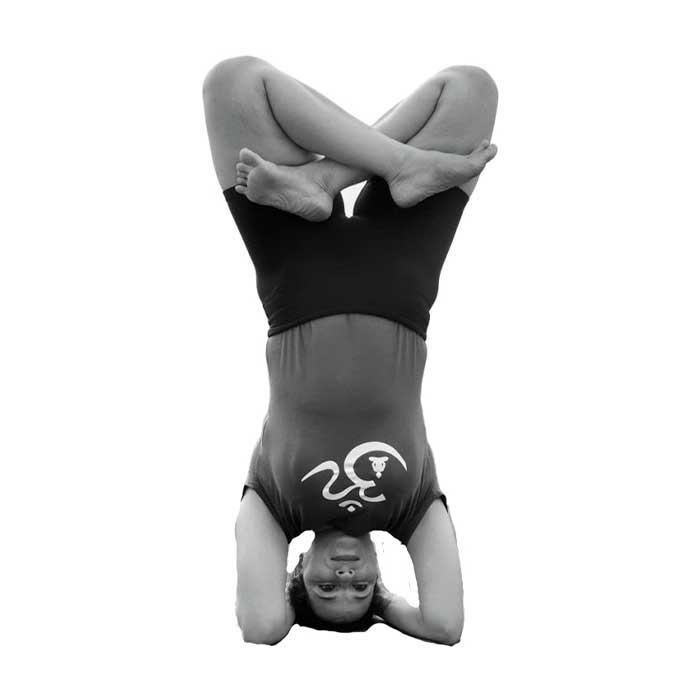The pain that is yet to come, is to be avoided.
Yogasutras of Patanjali.
What is the role of yoga in the life of an athlete? Sports are active and dynamic, while yoga is associated with passivity and stillness. Sport is a mundane subject, while yoga is spiritual. Sports are an outside journey, while yoga is an inside journey. So how would yoga, which teaches passivity, help an athlete gain the dynamism and strength to improve in their sport?
Yoga calms the mind, but keeps the body alert. Brings balance between activity in passivity and passivity in activity. So while the mind quiets down, the body is charged with energy.
Today athletes associate yoga with gaining flexibility and stillness. But it is much more than that. Not only does it reduce the risk of injury, but it also complements medical care and physical therapy to recover from recurring injuries, imparts mental and emotional strength that sport requires, and ultimately helps you stay fit even after retirement.
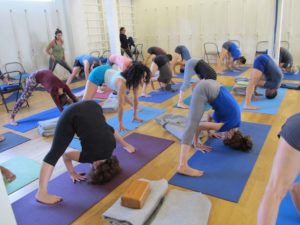
1- Flexibility:
This is an advantage in any sport and is the foundation of any training. It is an irony that the average athlete is less flexible than the average person. This is because the exercises you do routinely tend to shorten your muscles and make your joints stiff, making you prone to injury.
Our body has hundreds of muscles. Many of those muscles are not used in our routine activities and they eventually get stiff. On the other hand, some are overused and over-trained. The practice of yoga postures (asanas) teaches us to use all the voluntary skeletal muscles effectively and avoid this imbalance.
It does not mean just stretching, it means stretching the muscles so that the front and back sides of that part of the body move evenly. This mindfulness is developed with the practice of the postures.
2-Speed:
Flexibility increases an individual’s mobility. A flexible athlete moves more easily than a rigid one. Freedom of movement of the hip and knee allows a more agile movement. It allows you to have a longer stride and travel greater distances faster.
3-Agility:
Agility is the ability to change your body position suddenly and quickly. Agility requires good eye, mind, and body coordination. The definition of yoga is union. On the spiritual plane, yoga is the union of the universal soul with the individual soul. Yoga is also the union of the senses, body and mind. The union of these three significantly improves the practice of any sport.
4-Focusing the eye:
Being physically fit is not enough. The philosophers say if you want to excel in life you need to keep your attention on the present. For athletes this is essential. Yoga teaches us to live in the moment and not in the movement of the moment. It teaches us to focus on what we are doing.
Distracting yourself even momentarily can be costly in any sport. Focusing is the ability to bring all your attention to a single point. The eyes play an important role in staying focused. When you focus on something, the mind is stable. They have the power to contact us with ourselves. Calming the gaze is something that we can learn in the practice of yoga. Hard postures are achieved when we have learned to keep our gaze fixed on one point.
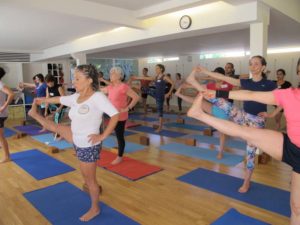
5-Focusing the mind:
Focusing is fixing your attention on a point either internal or external. The power to focus comes with the ability to perceive and observe carefully. Anyone can observe obvious things, but it requires a special faculty to observe the subtle. An inexperienced athlete only looks at the obvious.
6-Strength:
Muscle strength is required to throw a ball. Muscle strength is determined by size and muscle mass. The genetic makeup of an individual determines the size of their muscles, but muscles can be developed with exercise. Asanas train not only the major muscles, but the minor ones as well, which help the major muscles. The postures teach us to use our physical strength in an accurate and intelligent way, without getting exhausted or using a lot of energy.
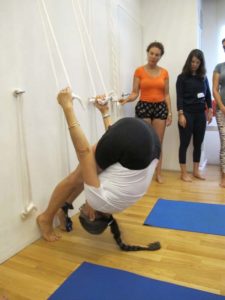
7-Resistance:
A person with good stamina has better resistance capacity on a physical level, but resistance is not only about the body, but also about the mind. The mind plays a very important role in pushing the body beyond its limits. There is a limit to the training capabilities of the body, but there is no limit to the capabilities of the mind. Yoga cultivates the body to move as fast as the mind. It helps develop a stable willpower, an alert body, and the strength to stay and endure situations patiently. Patience, tolerance, and endurance are qualities of the mind and are cultivated while the mind becomes calm and quiet with regular yoga practice.
8- Reduction in the risk of injuries:
Yoga is a preventive therapy and can be used by athletes to reduce injuries. But if there is already an injury, yoga can help prevent it from getting worse.
Injuries are part of athletes’ lives. An injury is something that every athlete fears, since it can make them no longer able to practice the activity, and if they are a professional they have to retire. Injuries bring not only physical pain, but emotional trauma and fear. Some injuries are the result of accidents and bad luck, but most are the result of overuse and underuse of muscles and joints. In racquet sports where one side dominates, such as tennis or squash, the dominant arm is very strong but under stress. These one-sided actions also stress the lower back, so twisting can help to relieve discomfort and neutralize tension.
Energy is like a river flowing through the body, just as too much water causes flooding, overuse of a specific part of the body repeatedly can cause a “flood” of energy in that part, causing erosion and damage. In the same way, there is a “drought” of energy in the parts that are under-used. Asana practice teaches us to redistribute this flow of energy. The part that is overused rests while the underused part works.
9-Relaxation and fast rejuvenation:
After a long day of practice the body needs rest. The whole body feels fatigued, but in many cases (depending on the sport) the eyes are the most exhausted part. The eyes are directly connected to the brain, so it is obvious that the brain is tired as well. The body has its own mechanism for recovering from stress and tension. Sleeping is one way. However, sleep often eludes people when they need it most. Professional athletes do not have much time to recover since the next day they have to be fresh.
Yoga emphasizes the need for relaxation, but goes further and advocates rejuvenation. Relaxation goes from a negative to a neutral state, while rejuvenation goes from a neutral to a positive state.
Although the body is tired and needs to relax, the mind remains active. If the athlete makes mistakes, his conscience will be restless with guilt. If the day was good, your mind is going to be overexcited. Neither of these two states will allow you to rest. The postures (Asanas) empty the mind of all feelings, pleasant or unpleasant, to bring the body and mind to a state of neutrality, bringing the mind to the present.
Inverted postures help to relax and rejuvenate the athlete faster, as the brain is lower than the heart. The heart – the emotional center – is elevated, allowing it to self-energize, as well as the senses and the mind, which have the opportunity to recover quickly. In these poses, especially when practiced with support, the breath quiets down, bringing a feeling of calm and peace of mind.
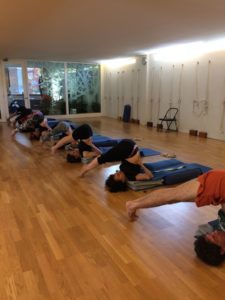
“Yoga for Sports, a journey towards health and healing”, BKS Iyengar.

